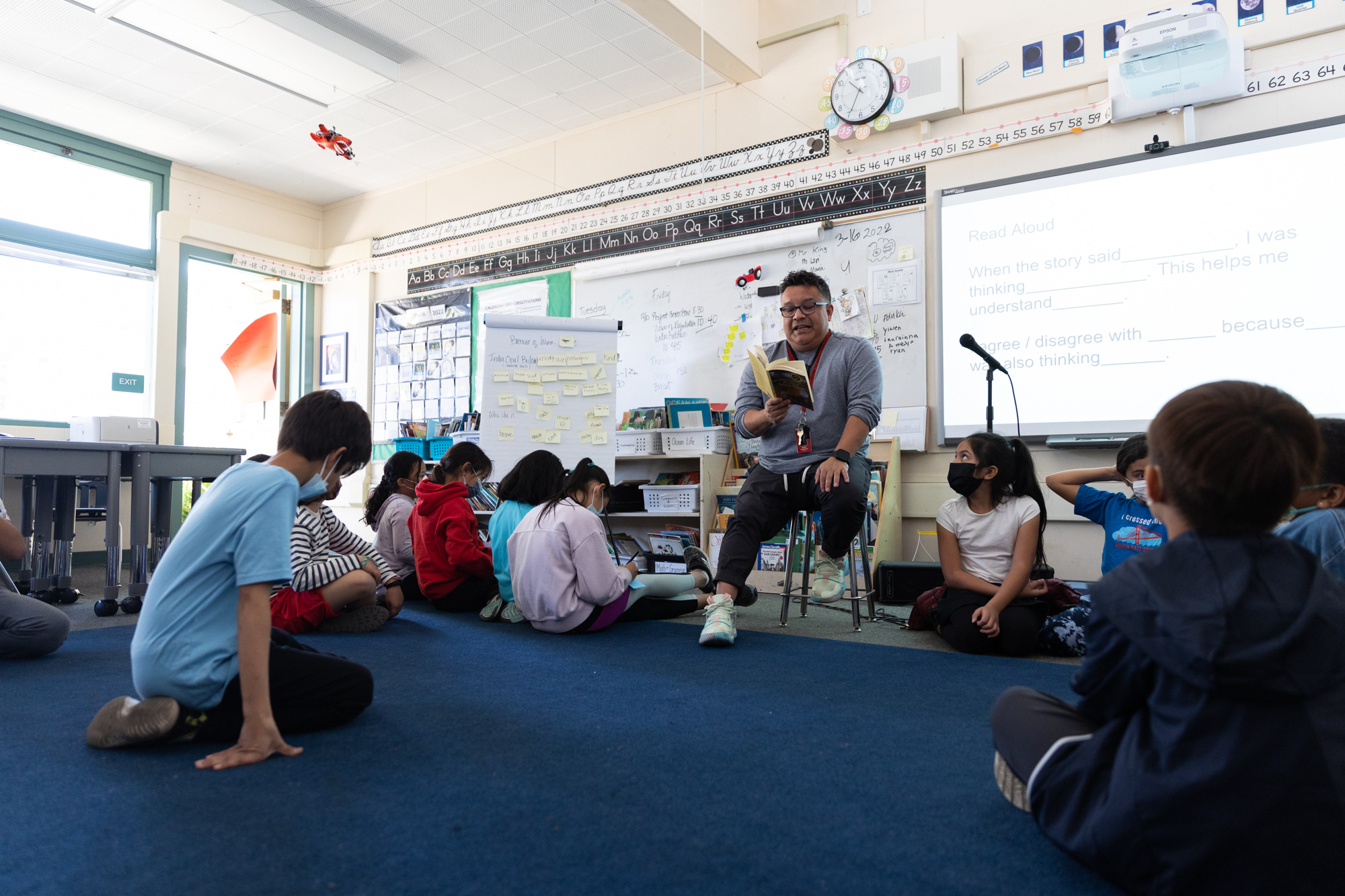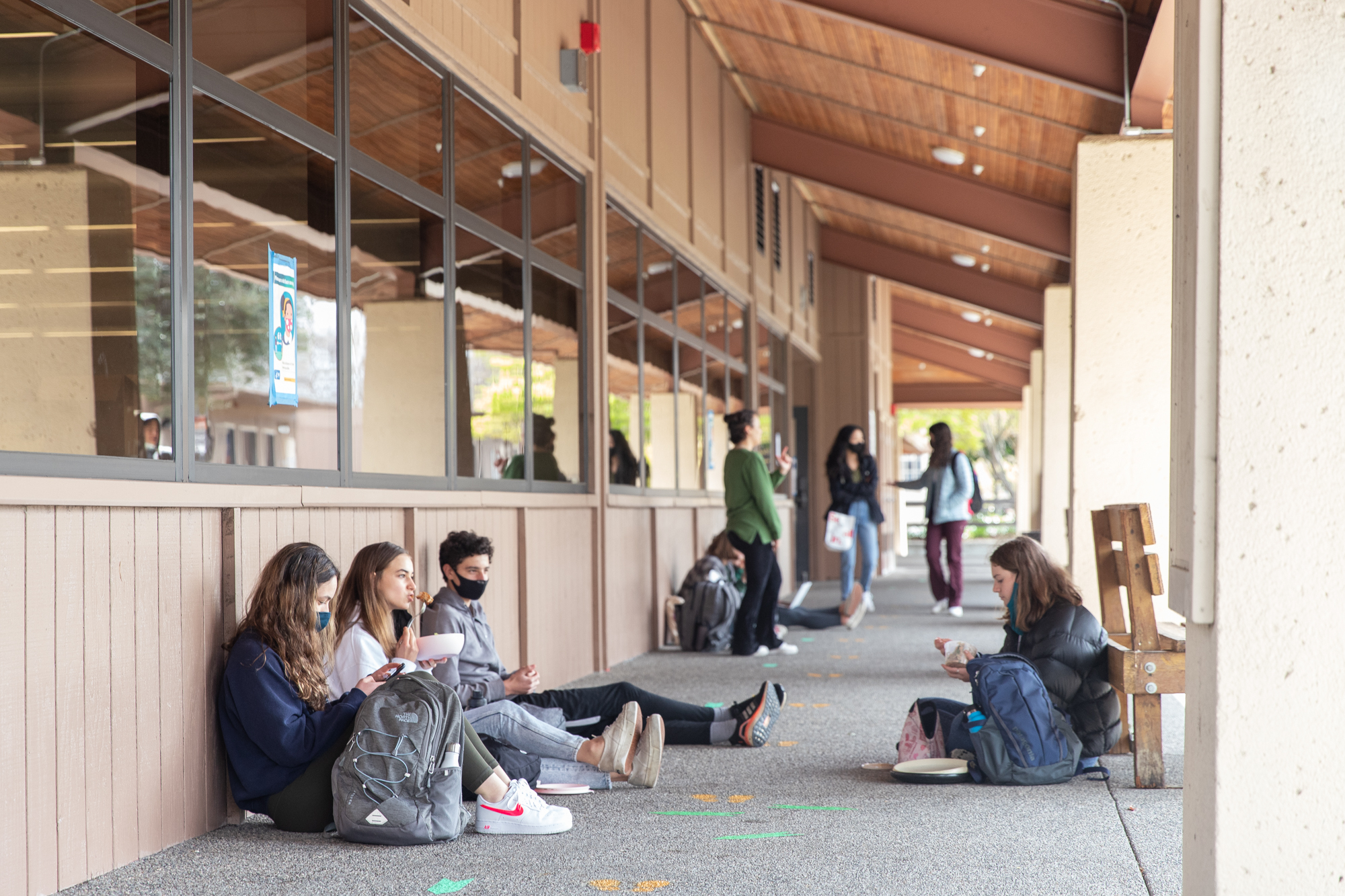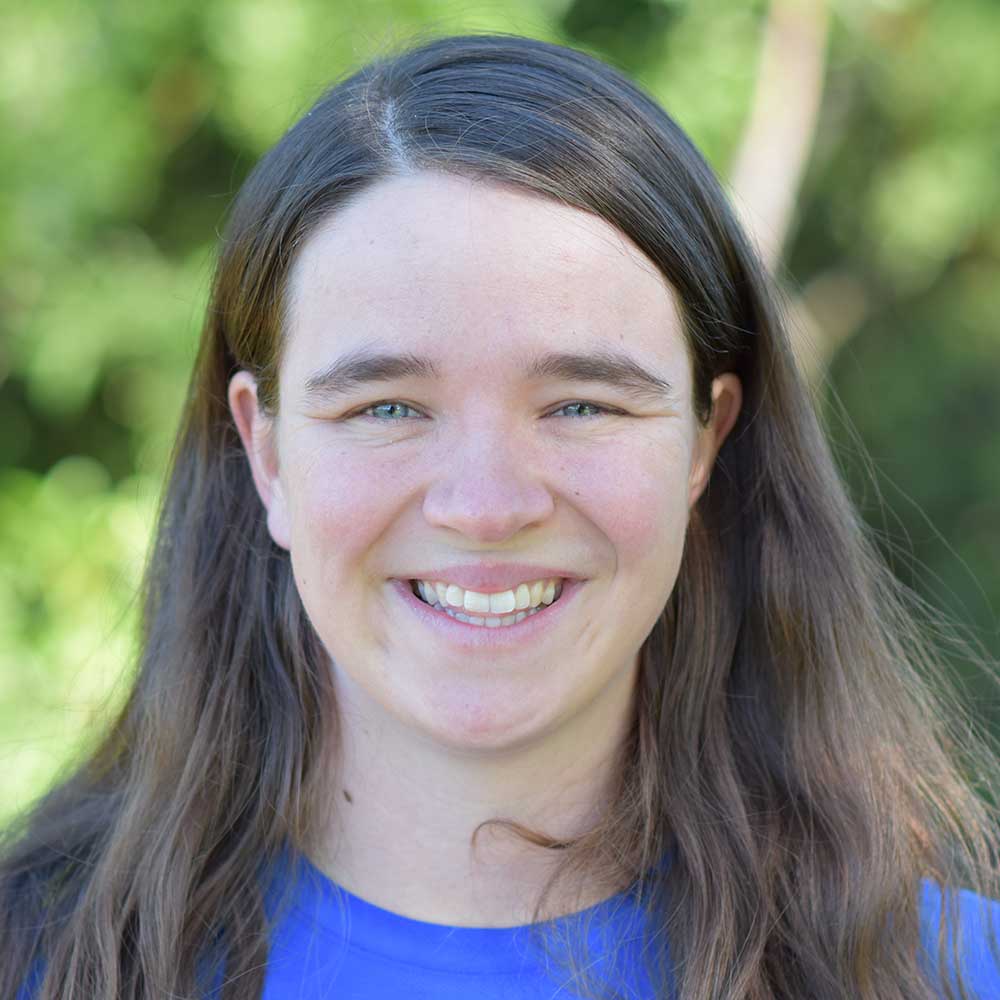Two years after schools abruptly shuttered to prevent the spread of the coronavirus, kids are back in class, case rates are down and masks aren't required — but the impact of the pandemic remains.
Palo Alto Unified PTA Council President Christina Schmidt knows it can be tempting to try to forget all that has happened over the past two years, but she believes it's important to address the residual effects that students are still experiencing.
"We're not going back to anything. I think the idea that we're going back to the way it was is a misunderstanding," Schmidt said. "Yes, schools are open. Yes, we may not be wearing masks. But we're never going back to the way it was. We know too much now."
Instead, Schmidt views this time as a positive opportunity to reflect on what has been learned and to creatively tackle issues going into the future.
Schools both locally and nationally are facing a range of consequences of the pandemic, including the task of addressing learning loss that occurred during the campus closures and students' struggles with mental health. These are challenges that were often felt disproportionately by students who already had fewer resources or experienced other barriers to learning.
At same time, local education leaders say they are proud of what they've been able to accomplish over the past two years and are optimistic about the future.
"We followed the rules and we're doing school," Palo Alto Unified Superintendent Don Austin said. "If you go on our campuses, it looks and feels like school and has for quite a while now."
Palo Alto began reopening its schools in the fall of 2020 for its youngest students, which was earlier than many other districts. Bringing everyone back on campus took time, though, and the return was initially part-time.
By the fall of 2021, all grades were back for a typical school day, though masks and other safety protocols remained. It was only this month that masking went from being required to strongly recommended, in line with state rules.
Throughout the reopening, schools have had to weather multiple COVID-19 waves, including the omicron surge in January in which over Palo Alto Unified 200 students tested positive in a single week. Cases are now down substantially, with just nine students testing positive last week.
As schools continue to recover, Austin said that it won't be possible to fully make up for the learning setbacks that occurred during the initial campus closures.
"We need to be honest — we're not going to," Austin said. "The gaps that happened in learning aren't gaps you just recapture. Those gaps are going to exist forever."
Having two years of learning disrupted is a big deal, Austin said, adding that he believes people who are trying to find a way to make it all up face a losing battle. Instead, Palo Alto Unified has launched a number of more targeted projects, like the Every Student Reads Initiative, which is focused on getting all students to be able to read at grade level by the end of the third grade.
"We did deep dives (to aid students), but we're not going to chase the learning loss," Austin said.
Learning loss itself can also be difficult to measure, Austin said, because state standardized testing was disrupted during the pandemic and the data doesn't exist in the same way that it did before.
Although the goal isn't to fully make up for the pandemic, Austin said that teachers are still looking to help kids who are struggling and the district has additional support systems in place.
Schmidt agreed that the divides in access to education became glaring during the public health crisis, but that led to greater attention being placed on support for students.
Mental health has also come to the forefront over the past two years. While Palo Alto has always prided itself on its high academic standards, Schmidt said more people now realize the role wellness plays in student success.
"Coming out of the pandemic has allowed more people to understand that if you don't have wellness, you can't have high academics at the same time," Schmidt said. "Because they go together: When our students feel secure and supported, they do better in school."
The district is planning to restructure its mental health offerings, with more information set to be laid out at the next school board meeting.
The return to the classroom has been particularly challenging for some of the youngest students and those with disabilities, who missed out on important time interacting with staff and other students during the closures, Austin said.
"That's been really hard on kids and staff — there's no doubt about that," Austin said.
Even as the effects of the pandemic continue to be felt, Austin and Schmidt both struck a positive tone about the future. According to Austin, the district is now in a better position than it was even before the pandemic in terms of things like its budgeting process, strategic planning and staff training.
Austin pointed to the annual PAUSD Promise report that was recently released, which lays out the district's progress on five goal areas — early literacy, equity and excellence, healthy attendance, mental health and service to others — as evidence of the focus the district has put into its goals.
"That report's a fraction of what it will be in a year or two from now, but it's light years ahead of where most districts are right now today," Austin said. "We found a way to push through and do work beyond staying open."
Palo Alto Online is marking two years of the COVID-19 pandemic this week. If you missed any parts of our series, see the More Stories box, above.




Comments
Registered user
Another Palo Alto neighborhood
on Mar 16, 2022 at 1:22 pm
Registered user
on Mar 16, 2022 at 1:22 pm
It isn't just academics that should worry educators, but the social aspects of what school provides for children. I was reading that many educators are concerned about the lack of socialization in young children, but also in teens. Children of all ages learn social schools from peers and cohorts. They learn to take turns, to share, to be challenged, to understand humor, compassion, sympathy, anger management, and a host of other social skills from being in a group of peers and cohorts.
Even among home school children, it is well known that the children do need to mix on a regular basis. They often do this through music/drama/arts, or sports, but also through other regularly scheduled activities. All these cancelations of interaction have provided a great deal of isolation, particularly for singleton kids, who have had a lot less of peer level socialization.
And this doesn't even take into account the fact that children have speech delays and various other speech problems from not being able to see lips moving as a big result of masking policies. Being able to recognize a happy face and an angry face, a face that is confused by instructions, a face that is lying or being deceitful, or even identify who is who by the pokemon mask or the Disney mask. As masks are being removed, kids are scared of what is underneath on the face of others, and afraid of what they are showing to others also.
We will call this generation the Covid generation. It is not just a little kid thing, but across the age group of all school kids. I suspect we have only scratched the surface of understanding what lasting effect this will have on the under 16 generation.